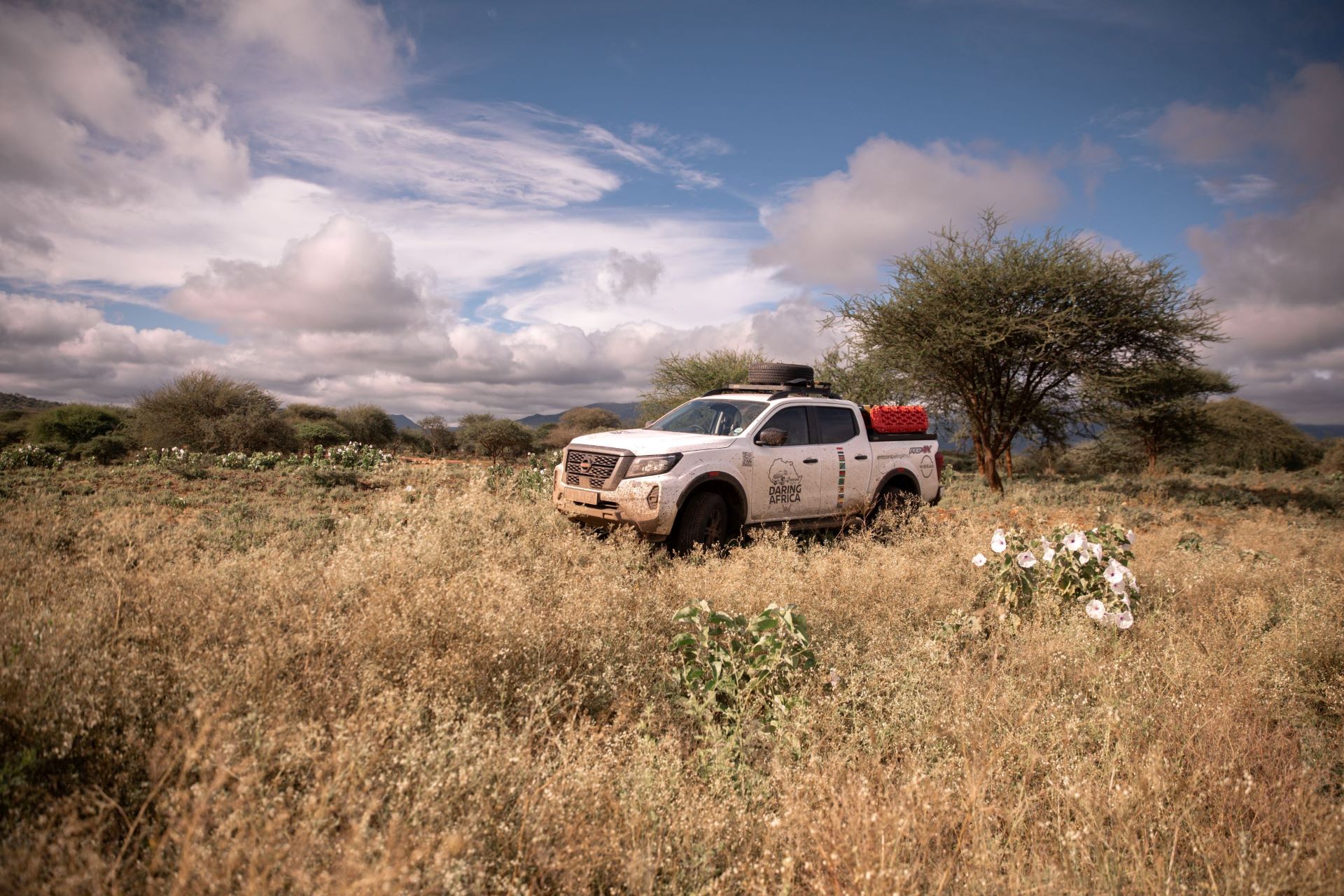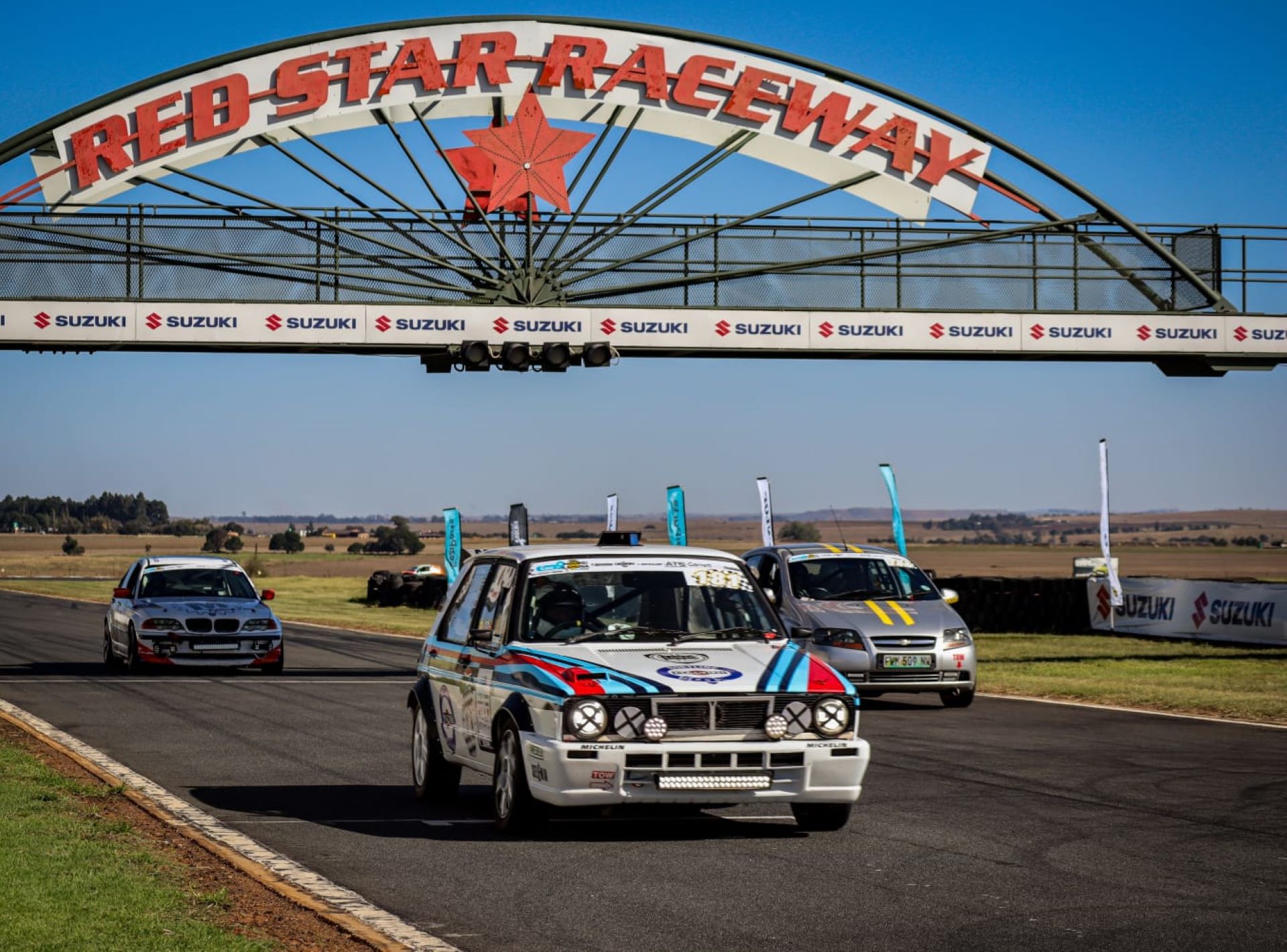Founded in 1997, the operating brief for the Opel Perfomance Centre (OPC) is quite simple: Explore and expand Opel technology to its performance boundaries to produce a range of exclusive high-performance cars that offer superior driving dynamics and a distinctive, sporty design, but are at the same time well suited to everyday driving conditions. To achieve this, there is close collaboration with Opel’s International Technical Development Centre.
Today Opel offers high performance models from OPC across its product range. These exciting vehicles provide an intensely sporty edge for the enthusiast driver and form a key element of the marketing strategy for the Opel brand in South Africa.
Prominent amongst high performance hatchbacks in South Africa is the Corsa OPC, a vehicle that has redefined the performance segment of the compact hatch market. The statistics alone have performance enthusiasts salivating over this exciting small car from Opel OPC.
Maximum power from the 1.6 litre turbocharged and intercooled engine is a healthy 141 kW @ 5850 r/min. Generally what would be described as maximum torque of 230 Nm is available between 1980 and 5800 r/min. The Corsa OPC has a little extra available however with an ‘overboost’ system that can be activated to elevate torque to 266 Nm when a short burst of extra performance is needed, when overtaking for example. Drive is via a six-speed transmission to ensure the best spread of ratios and optimised performance.
In a car that weighs in at 1280 kg this translates into a zero to 100 km/h acceleration time of just 7,2 seconds. Top speed is 225 km/h as measured by the OPC engineering team. Overtaking acceleration from 80 km/h to 120 km/h in fifth gear takes only 6,7 seconds. To top it off, the Corsa OPC’s fuel consumption averages out at a very respectable 7,9 litres per 100 kilometres.
The appearance of the Corsa OPC matches the performance with full advantage taken of the well-proportioned styling of the original 3-door Corsa to develop the striking styling package for the OPC variant.
The Corsa OPC is targeted at a younger group of buyers than other OPC models and this led to the design team taking a more expressive approach – not that any of the OPC models have ever been less than expressive in their styling – in their adaptation of this OPC.
The roof spoiler and the revised front- and rear-bumper/valance styling with their distinctive aero gills immediately command attention. A dark shaded diffuser adds aero function and style to the rear view. Moulded side sills complete the transition and blend with the extended front and rear bumpers.
In OPC tradition, a colour-keyed crossbar defines the grille. Other unique styling cues are the distinctive side mirrors and 18-inch alloy wheels, both accented with a triangular design motif, a motif that is used extensively throughout the vehicle from the front bumper recesses for the fog lights through to the exhaust outlet.
Interior styling is in keeping with the sporty nature of the Corsa OPC. Door-sill treatments, the chrome surrounds on the gauges and their red needle indicators are all typical OPC. Air vent surrounds are colour keyed in either silver or blue depending on body and upholstery colour.
The steering wheel offers distinct motor sport styling with its squared-off lower edge and coloured ring to mark its top centre position. The leather-covered steering wheel has a thick grip. Bare aluminium pedals, leather gear knob and quality lacquer finish for the centre console provide a quality ambience. The steering is adjustable for both reach and height.
The sports seats fitted to the Corsa OPC are the product of a joint development programme between Opel and specialist seat maker Recaro. They feature integrated head restraints and side airbags.
The seats have combination cloth/leather trim with the stitching colour keyed in either blue or silver depending on the body colour of the car. The seats are designed to provide optimum support, especially lateral support, even during the most enthusiastic driving experiences. The driver’s seat is six-way adjustable.
The seats have a race-seat look and break with tradition in that they are based on a plastic shell reinforced with glass fibres rather than a tubular steel frame. The thermoplastic injection process used to manufacture the seats offers far more control over the shape and contour of the seat than is available with a steel frame construction.
The integration of the head restraints and side airbags into the seat ensures a high level of safety. The seats are provided with cut outs to accommodate four point seat belts should the owner wish to fit these. Despite their out and out sports configuration the seats do not impact on functionality or practicality of the rear seats. These new seats feature the familiar Easy-Entry system that offers hassle free access to the rear seats on Opel cars.
Interior appointments include: Air conditioner with pollen filter; power front windows with one-touch facility; map reading lights (front); MP3 compatible RDS radio/CD combo with 7 speakers, steering wheel mounted satellite controls and auxiliary input for MP3/iPod players; speed sensitive central door locking; anti-theft immobiliser with ultra sonic sensor; on board computer; triple information display; tyre deflation detection system; cup-holders in the centre console and door pockets.
SRS airbags are provided in front of the driver and front seat passenger and in the sides of the front seats. In addition curtain type airbags provide for side impact protection. Isofix child seat attachments are provided on outer rear seat positions.
The key to the sports car like performance of the Corsa OPC is its latest generation 1.6 litre turbo engine. The cylinder head, sump, and turbo-specific intake manifold with its side-mounted throttle valve are all made from aluminium. The turbocharger housing is integrated into the exhaust manifold. This optimised position provides a performance advantage with improved turbine response as well as a weight saving over more traditional turbocharger installations. The compact Corsa OPC engine provides top performance in terms of specific output with its 88 kW per litre of displacement (that equates to 120 hp per litre).
When the Opel OPC engineers set about producing the Corsa OPC, a fun driving experience was at the top of the agenda. As a sporty compact car the Corsa already had the appropriate credentials, the OPC chassis team simply needed to build on this base to provide the added levels of balance and agility that are expected from a true performance car.
Technical experts from both the production car team and from special vehicle development at Opel, assisted by engineering specialists from Lotus Engineering, worked on the Corsa to refine this platform as the basis of the OPC version.
Key differences on the Corsa OPC compared to the standard Corsa are that the chassis sits 15mm lower to the ground, and a revised rear axle geometry that increases stiffness and decreases the roll rate by 25%. Spring and damper tuning is adjusted accordingly.
The ESP (Electronic Stability Programme) can be turned off in the event that the driver wants to add further excitement to his driving experience. The full suite of driver aids includes: Brake Assist; Hill Start Assist; Electronic Brake Force Distribution; Straight Line Stability Control; Cornering Brake Control; Traction Control, and Cruise Control.
The specification for the Corsa OPC includes 7.5J X 18 alloy rims fitted with 225/35 R18 tyres. Brakes are massive 308mm ventilated discs at the front and 264 discs at the rear. The brake callipers are finished in trademark OPC blue.
A feature of the Corsa OPC is the electro-hydraulic, variable-progressive steering that provides a true sports car feel. The power-assisted system has a ratio of 13:1 in straight ahead driving conditions, an already direct ratio. As the steering angle increases, so does the level of response. With the steering wheel angle at 90 degrees the steering ratio is at 11,8:1. The variable ratio steering is also used to ease parking with the ratio increasing to 13,3:1 to reduce steering effort when large steering inputs are sensed at low speed.
In the world of small performance vehicles the Corsa OPC provides an extreme motoring experience.


